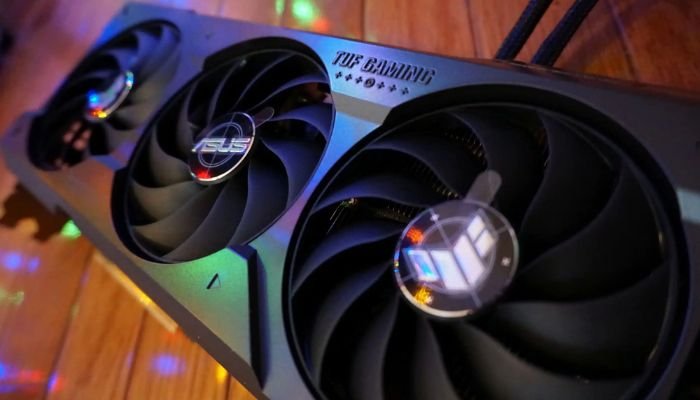What Does Ti Mean in Graphics Cards? Full Breakdown of Nvidia’s Titanium GPUs
Understanding the meaning of Ti in Nvidia GPUs and how it affects gaming performance and value

If you’ve shopped for a graphics card recently, you’ve likely come across models labeled with “Ti” — such as the RTX 3060 Ti or the RTX 4070 Ti. But what does Ti mean in graphics cards? Does it stand for a hardware upgrade? Is it worth the extra price? And what’s the difference between Ti and non-Ti versions?
Let’s take a deep dive into Ti GPU meaning, how it fits into Nvidia’s lineup, and who should consider buying one.
Ti GPU Meaning: What Does It Actually Stand For?
In Nvidia’s graphics card naming scheme, “Ti” originally stood for “Titanium”. It’s used to indicate a more powerful version of a standard GPU model. For example, the RTX 3070 Ti is a step up from the RTX 3070, but below the RTX 3080.
It’s important to note that Ti is not an acronym, and it does not imply the use of any actual titanium in the card’s hardware. Over time, Nvidia Ti graphics cards have become a naming convention for identifying GPUs that offer a performance upgrade without jumping to the next full tier.
Ti vs Non-Ti Graphics Cards: What’s the Difference?
The major difference in Ti vs non-Ti graphics cards lies in their technical specifications and gaming performance:
-
More CUDA cores: Ti variants generally have more processing cores, which directly impacts frame rates in games.
-
Higher clock speeds: Boost clock speeds are often slightly increased, giving better performance under load.
-
Improved memory bandwidth: Some Ti cards use wider memory buses or faster memory types.
-
Power consumption: Ti models may draw more power and require better cooling.
For example, the RTX 3060 Ti has 4,864 CUDA cores compared to the RTX 3060’s 3,584 — offering a significant jump in real-world performance, especially at higher resolutions or in games with demanding visuals.
Nvidia Ti Graphics Cards: Why They Exist
Nvidia often releases Ti models to fill the gap between two performance tiers. If the RTX 3060 is too weak for a specific workload and the RTX 3070 is too expensive, the RTX 3060 Ti fits in as a performance-value middle ground.
Ti models are also launched mid-cycle to refresh existing lineups or respond to competition from AMD. They are not limited to one GPU generation. Over the years, Nvidia has offered Ti versions of many cards including:
-
GTX 560 Ti
-
GTX 1050 Ti
-
RTX 3060 Ti
-
RTX 4070 Ti
Some of the best Ti graphics cards have remained popular in the second-hand market due to their strong performance per rupee or dollar.
Who Should Buy a Ti Graphics Card?
If you’re building or upgrading a gaming PC and want to maximize your performance without jumping to the next price bracket, a Ti GPU is usually a smart pick.
For instance:
-
The RTX 4060 Ti delivers better 1080p and 1440p gaming performance than the standard RTX 4060 and includes more memory and better frame generation support with DLSS 3.
-
The RTX 4070 Ti performs close to an RTX 4080 in some titles, but at a more affordable price point and with lower power requirements.
Gamers focused on smooth gameplay at higher settings or creators who need stronger GPU acceleration will find Nvidia Ti graphics cards to be a reliable middle-tier solution.





